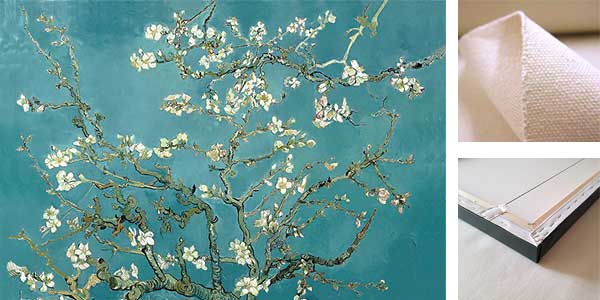Art comes from skill is an aphorism, actually a winged word, which is often used in the art debate, often as a conservative-skeptical commentary on recent art movements, artists and works. In a widespread ironic extension it says: art comes from skill, it would come from wool, it would mean bead.
The origin of the word art (9th century) of can is etymologically correct. The underlying kunnan also meant “know, know”. Significant in the eighteenth century, for example, as “artistry, skill, dexterity,” the meanings of today’s “artistic activity” and antithesis to nature began to emerge.
The conscious formulation “art comes from skill” is first documented in Herder’s Kalligone from the year 1800. The first chapter of the second part, “Nature and Art” states:
“Art comes from knowing or knowing (nosse aut posse), maybe from both, at least she must combine both in proper degree. Who knows without being able to, is a theorist, whom one hardly dares in the matter of ability; who can do without knowing is a mere practitioner or craftsman; the real artist combines both.”
The sentence “art comes from can know” is contained in Johann Leonhard Frisch’s Teutsch-Latin words book of 1741. Frisch often ended his entries with a statement on etymology stereotypically containing the phrase “comes from”. The dictionary was in Herder’s possession. He used it frequently; in the Metakritik of 1799, as part of which Kalligone was planned, it is called twice. In addition, Herder von Frisch has adopted terms. In meta-criticism, the unusual verb “words” should come from the dictionary.
Attributions
In the course of time, the ironic complement became independent, the original authors and connections were forgotten. As a result, it was attributed to many very different people, but they are to be excluded as the originator, since they were too young or not yet born in 1894 or the attribution in hindsight by hearsay.
Derived from Herder’s or Fulda’s aphorism, variants were coined, partly ironic, partly accentuating the concept of art differently. Is attributed to Johann Nestroy “Art comes from ability, and if you can, it’s not art” or “art is when you can not, because if you can, it’s not art.”
This image-capturing, imaginative imagination was the mother of sculpture, to which nature herself became a drawing artist. Did not she design herself, the nature, the lover’s shadow? An outline of this shadow, a figure formed on it from memory, brought back the remembrance of the whole living person. So told.
The Egypter presented their figures in mummified form; as soon as Daedalus began to revive the raging figure, to give her hands and feet motion, the great path of Greek art was open in positions of all kinds.
